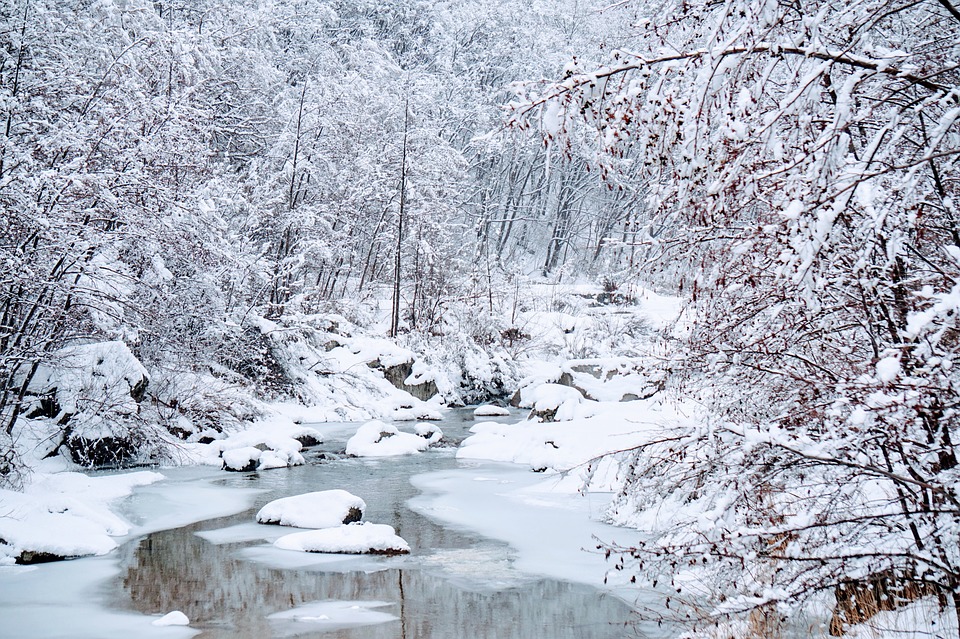Title: The Great Wall: Constructing Myths and Realities
Introduction:
Upon the vast chalk-white mountains of Northern China lies a mesmerizing marvel sculpted over centuries. It’s the Great Wall – an indomitable colossus stretching over 21,196 kilometers (13,171 miles), traversing rugged terrains and imperious plains. This man-made structure is not only a historical enigma but also a canvas on which myths and realities intertwine intricately. In this piece, we dive deep into the secrets held by this monumental treasure and explore the intertwining nuances of legends and truths.
The Great Wall: A Prodigy in Construction
As far back as the third century BCE, smaller walls were erected to protect the borders of ancient China. However, the most significant phase of construction began during the Ming Dynasty (1368-1644), and it was under Emperor Qin Shi Huang that a unified wall was constructed. It’s an awe-inspiring engineering feat that involved tens of thousand laborers, soldiers, and civilians who spent years laying stones, bricks, and earth to form this massive barrier.
One of the most fascinating aspects of the Great Wall is the massive scale of its construction. Qin Shi Huang infused innovative techniques to achieve such a mammoth task. Materials were transported based on the availability of resources; limestone and stones were used in mountainous regions, while tamped earth and loose soil were employed in desert terrains. The wall stands as the testament to the age-old adage that necessity births innovation.
The Mythical Aspects:
Throughout the ages, the Great Wall has been steeped in myths and legends, some of which are passed down generations. One widely believed myth is that of the Wall being visible from space. However, space travel pioneers like astronaut Ed Lu, claim otherwise, stating that it’s impossible to spot the Wall from space with the naked eye. Notwithstanding, the misconception stands, perhaps magnified due to the sheer grandeur of this architectural marvel.
Other myths sprinkled over the Wall involve tales of buried treasures, secret tunnels, and watchtowers housing ghostly apparitions. The fascinating folklore makes for a captivating narrative, but historical evidence and archeological studies put some myths to rest.
The Realities:
While myths add intrigue to the tale of the Great Wall, its history, construction, and purpose resonate more with fact. Contrary to popular belief, the Wall was not an impenetrable barrier but more of a form of intimidation and deterrence. It served as a psychological tool, preventing potential invasions and serving as a vivid warning to any potential invaders.
Throughout its construction, the labor force faced grievous consequences. The Great Wall is riddled with the remains of workers, who perished due to harsh conditions, inadequate nourishment, and unfavorable climates. Poignant reminders of the human sacrifice involved in the Wall’s creation can be seen at key resting sites marked by ‘Soldier’s Totem Pole’ (Weng Cheng).
Preservation And Restoration:
Despite its well-known association with Chinese cultural identity, the Wall is continuously threatened by natural erosion and human neglect. In recent years, efforts toward preservation and restoration have gained significant momentum. For instance, the UNESCO inscription of the Great Wall as a World Heritage Site in 1987 has led to numerous projects focused on the repair and rehabilitation of the Wall.
Fan Fusuo, the “Great Wall Guardian,” has been protecting sections of the Wall for over 16 years, helping authorities detect vandalism and archeological findings, exemplifying both individual responsibility and collective effort to preserve this historical wonder.
FAQs Section
Q: Is the Great Wall a single continuous line?
A: No, the Wall comprises multiple sections, built by different dynasties, hence variations in its architecture, material, and condition.
Q: Is the Great Wall still standing today?
A: Despite centuries of natural degradation and human activity, significant portions of the Great Wall still exist and are open to visitors.
Q: Are there secret tunnels and rooms in the Great Wall?
A: While some sections might have caves and tunnels as part of the construction, there is no substantial evidence to support the existence of hidden rooms or secret passages.
Q: Is the Great Wall visible from space?
A: Contrary to popular belief, you can’t see the Great Wall without assistance from a telescope when viewed from low Earth orbit.
Conclusion
The Great Wall is a marvel that lingers at the precipice of myth and reality. Its construction, stories, and even the labor involved are a testimony to human ingenuity, spirit, and resilience. Time hasn’t dampened the intrigue surrounding this monumental structure, instead, it has deepened, transforming the Wall from a physical barrier into a symbolic cultural icon.
Image: [Representative image of the Great Wall, ideally shot at sunrise or sunset, to capture the mystic and sprawling scope of this mammoth structure.]
References:
1. “The Great Wall of China,” UNESCO.https://whc.unesco.org/en/list/438
2. “Great Wall of China: The habitations of caretakers within the walls,” AtlasObscura.https://www.atlasobscura.com/places/great-wall-of-china-the-habitations-of-caretakers-within-the-walls
3. “Unravelling Myths of the Great Wall of China,” China Daily.http://china.ucsd.edu/visualsite/far-west/article/2009/04/unravelling-myths-of-the-great-wall-of-china
4. “Defending the Great Wall,” China Knowledge.net.http://history.china.com.cn/gb/features/defening_great_wall_051426.htm
5. “Guardians of the Great Wall,” China Daily.https://chinadaily.com.cn/a/2019/10/28/WS5f3f.html



